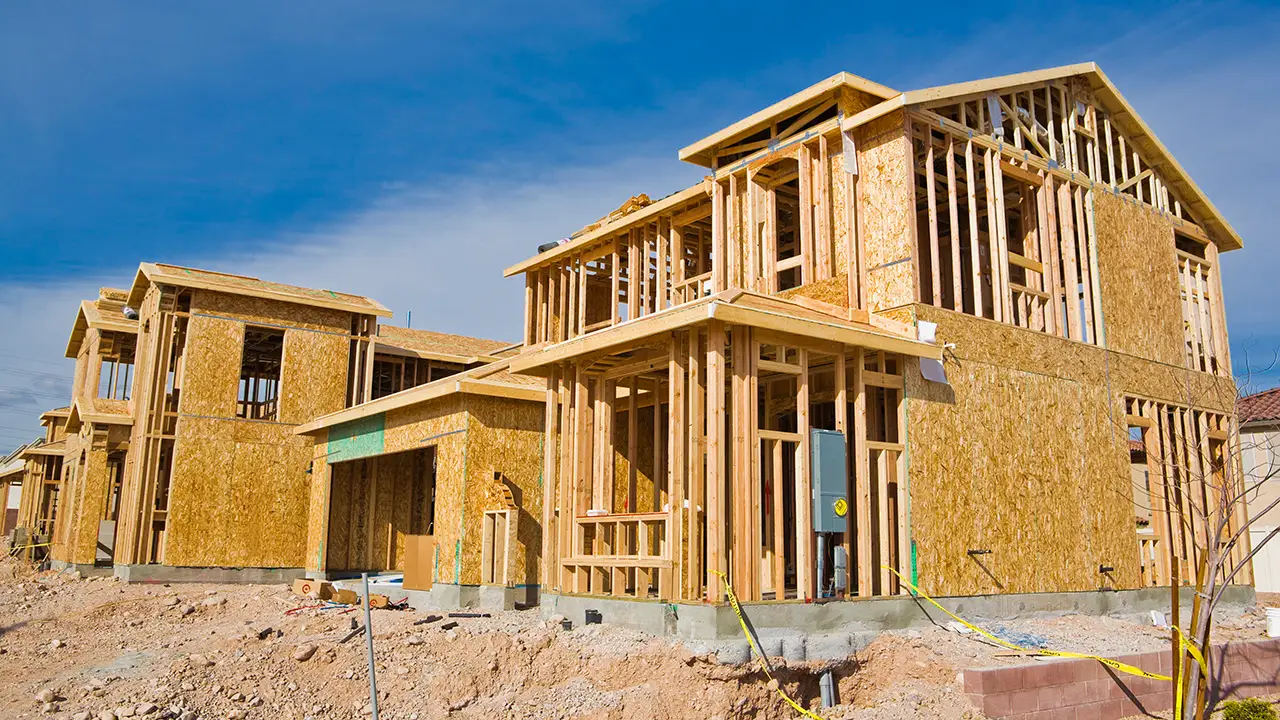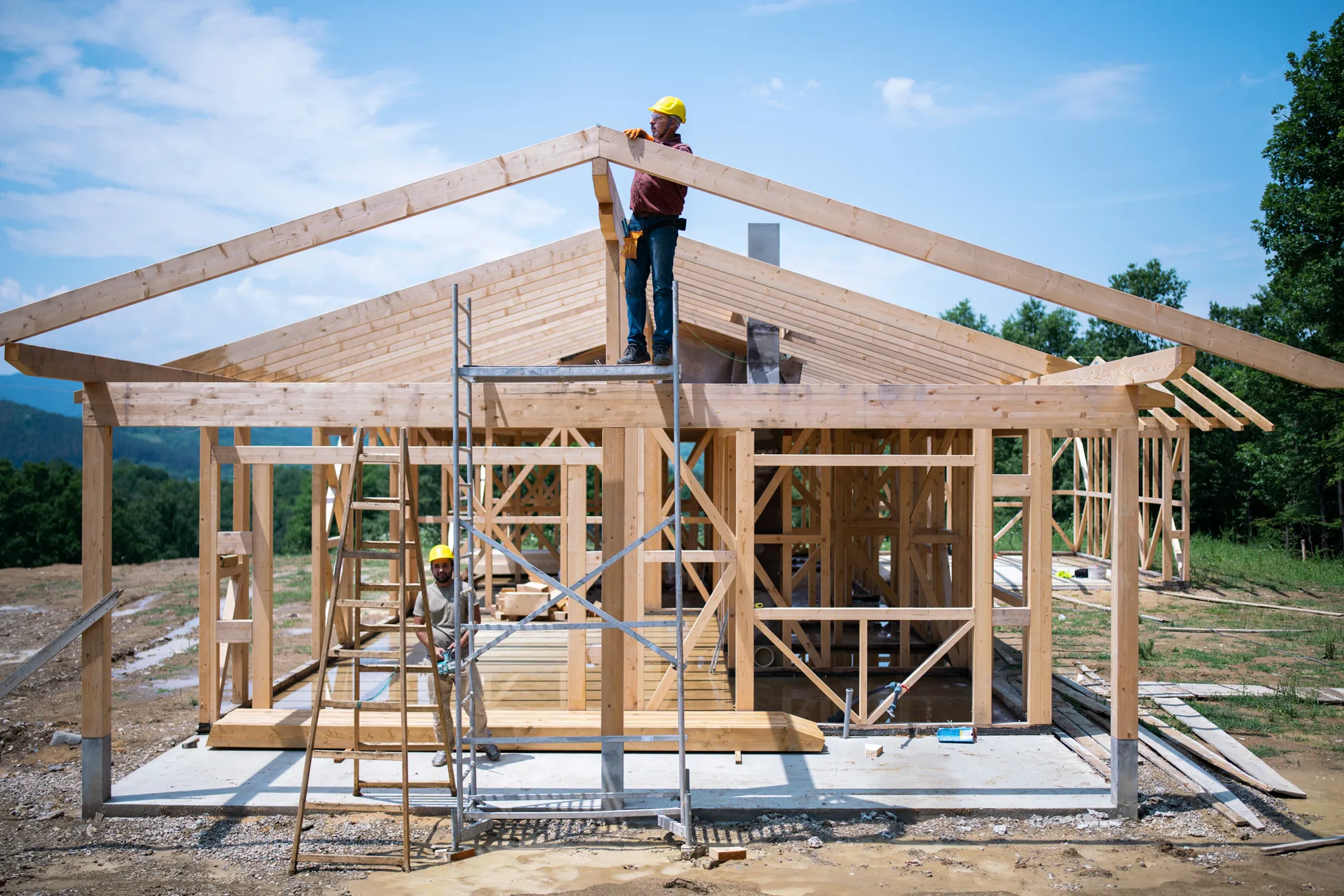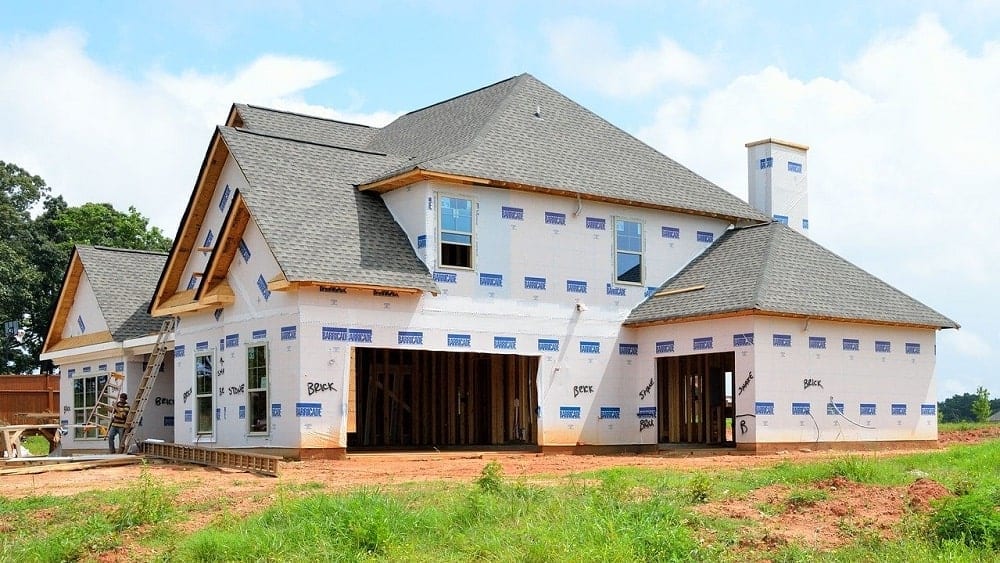Specialist Carmel In Contractor for New Builds and Renovations
Specialist Carmel In Contractor for New Builds and Renovations
Blog Article
How a General Professional Can Transform Your Usual Areas Into Functional Areas
The improvement of typical locations into practical rooms is a nuanced procedure that calls for a basic service provider's know-how in examining details area requirements and creating customized remedies. By thinking about variables such as format, access, and visual charm, a contractor can develop atmospheres that not just offer sensible objectives but likewise foster neighborhood involvement. With reliable job monitoring and adherence to high quality requirements, these improvements can significantly improve user experience. The details entailed in stabilizing design and functionality elevate crucial inquiries regarding ideal methods and potential challenges that benefit further exploration (Carmel In Contractor).
Assessing Current Common Area Needs
When assessing typical areas, it is necessary to determine and recognize the details demands of the neighborhood they serve. This procedure starts with a comprehensive assessment of present usage patterns, which involves event information walking website traffic, height use times, and tasks taking place within these areas. Involving with community members via meetings or surveys can supply beneficial insights right into their preferences and challenges.
Following, it is very important to think about the market structure of the area, including age, lifestyle, and any special requirements that may impact just how these spaces are used. As an example, households with kids might require backyard, while older adults may focus on accessibility functions.
In addition, examining the existing infrastructure and features is vital. Recognizing areas that are underutilized or in demand of repair service can notify potential renovations. Teaming up with stakeholders, such as building managers and local organizations, guarantees that the evaluation shows an extensive understanding of the neighborhood's needs.
Inevitably, a precise examination of present usual area needs lays the foundation for effective transformations, permitting the production of rooms that cultivate involvement and boost the total quality of life within the community.
Designing for Performance and Aesthetics
A thorough understanding of area needs sets the stage for effective design that balances performance and aesthetic appeals alike locations. Effective style needs a thoughtful strategy that takes into consideration both the useful usages of the room and the aesthetic appeal that enhances the atmosphere.
Useful layout requires creating spaces that deal with the specific activities and communications of the area. This might include flexible seating plans for celebrations, obtainable pathways for individuals with movement challenges, or designated areas for entertainment activities. Each component has to offer a purpose while ensuring convenience of motion and convenience for users.
The selection of colors, materials, and lighting can substantially influence the perception of a space. Furthermore, lining up the design with the neighborhood's cultural identification can promote a feeling of belonging and satisfaction.
Budgeting and Resource Allotment
Effective budgeting and source allowance are essential parts in the successful improvement of common areas. A distinct budget describes the economic specifications within which the job should run, guaranteeing that costs are managed and sources are successfully utilized. This begins with an extensive assessment of task requirements, including style elements, materials, see page and labor.

A basic service provider plays an important function in this phase, working together with stakeholders to develop practical budget plan quotes that line up with the designated vision. By focusing on essential functions and checking out affordable alternatives, the specialist can optimize investing without endangering high quality.
Resource allotment requires tactically designating employees, equipment, and products to various stages of the project (Kitchen Remodeling Indiana). This needs mindful preparation to avoid delays and ensure that each part is supplied on schedule. Additionally, regular monitoring of expenses against the budget plan helps to recognize potential overruns early, enabling prompt changes
Managing Building And Construction Process Efficiently
Taking care of the building procedure successfully is vital for accomplishing prompt job conclusion and preserving spending plan honesty. A well-coordinated method includes thorough planning, clear interaction, and effective source monitoring. General service providers have to develop a detailed job timeline that describes each stage of building, enabling the recognition of possible bottlenecks and essential turning points.
Routine progression conferences are important for maintaining all stakeholders educated and aligned. These conferences promote the prompt resolution of problems, making certain that the job remains on track. In addition, making use of project management software can improve communication, track development, and handle documentation, minimizing the chance of misunderstandings and hold-ups.
Effective source allowance is likewise critical. By making sure that materials, labor, and tools are available when needed, general contractors can prevent expensive disturbances. Applying a proactive strategy to Discover More Here run the risk of management further improves effectiveness, as it enables the identification and mitigation of potential obstacles prior to they escalate.

Ensuring Compliance and Quality Requirements
Conformity and top quality standards are basic to the success of any type of construction task, making sure that the finished rooms not only satisfy client expectations but additionally stick to regulatory needs. A general service provider plays a pivotal duty in applying these standards throughout the building process.
First, it is crucial for the contractor to remain upgraded on neighborhood structure codes, safety and security policies, and market ideal techniques. This understanding allows them to lead design options and product choices that align with conformity requirements. Regular assessments and high quality assessments throughout the building and construction stage help to identify potential concerns early, mitigating pricey hold-ups and revamp.
Furthermore, a trustworthy basic professional fosters a society of top quality among employees and subcontractors. This can be attained by offering training on compliance methods and carrying out rigorous high quality control procedures. By developing clear communication networks, the specialist can guarantee that everybody involved recognizes their obligations pertaining to compliance and top quality.
Verdict
To conclude, the role of a general professional in transforming common areas into functional areas is critical. Via a thorough evaluation of community needs, thoughtful style, meticulous budgeting, and efficient view it job administration, these specialists can develop settings that boost functionality and aesthetic allure. Adherence to compliance and top quality criteria further guarantees that revitalized spaces not just meet the assumptions of stakeholders but also foster involvement and improve the overall experience for all customers within the community.
The transformation of common locations right into practical areas is a nuanced procedure that requires a general specialist's expertise in examining details area demands and creating tailored services. By taking into consideration variables such as design, availability, and visual charm, a contractor can create environments that not just serve practical objectives yet additionally foster area interaction. General service providers need to develop an in-depth task timeline that details each phase of construction, allowing for the identification of possible traffic jams and crucial milestones.

Report this page